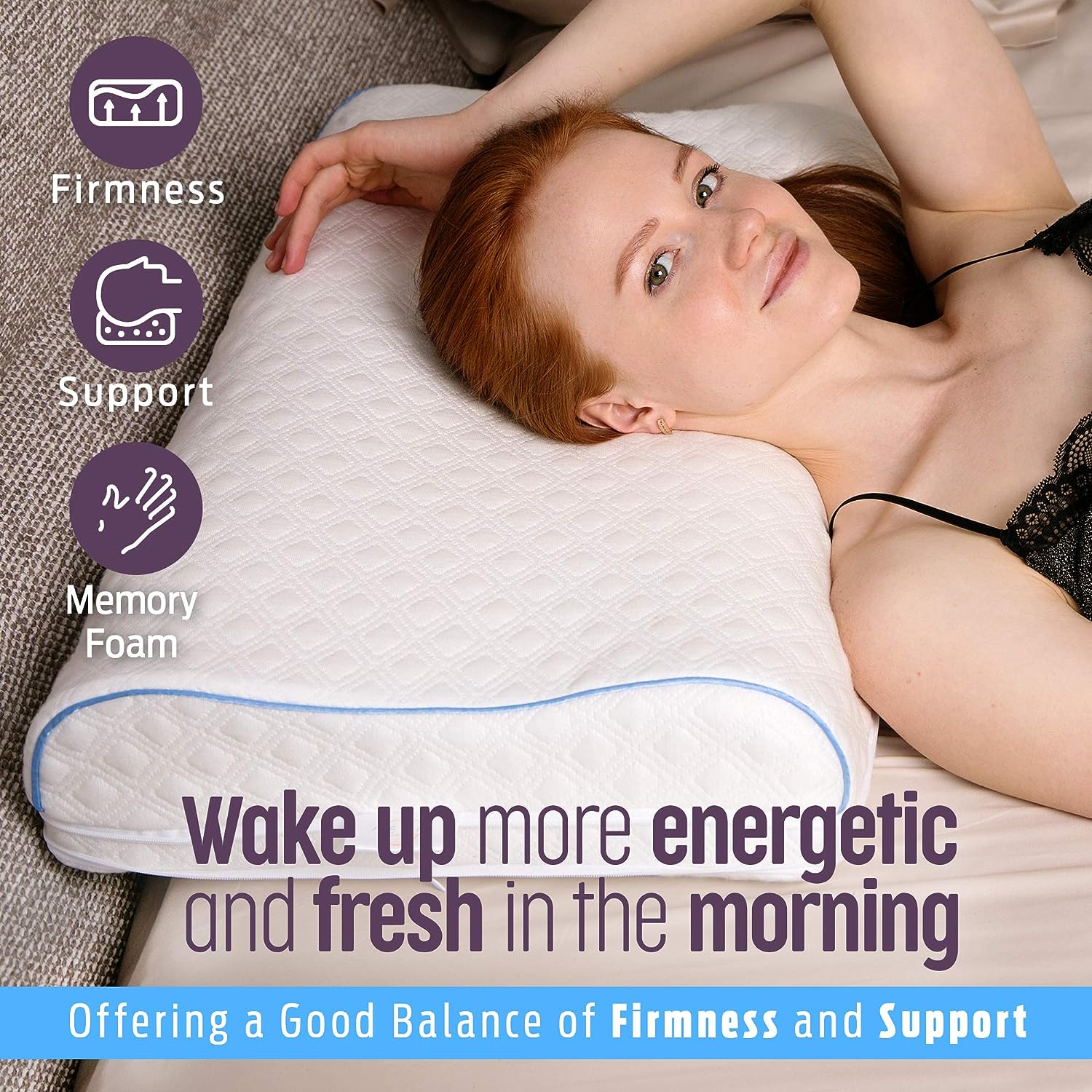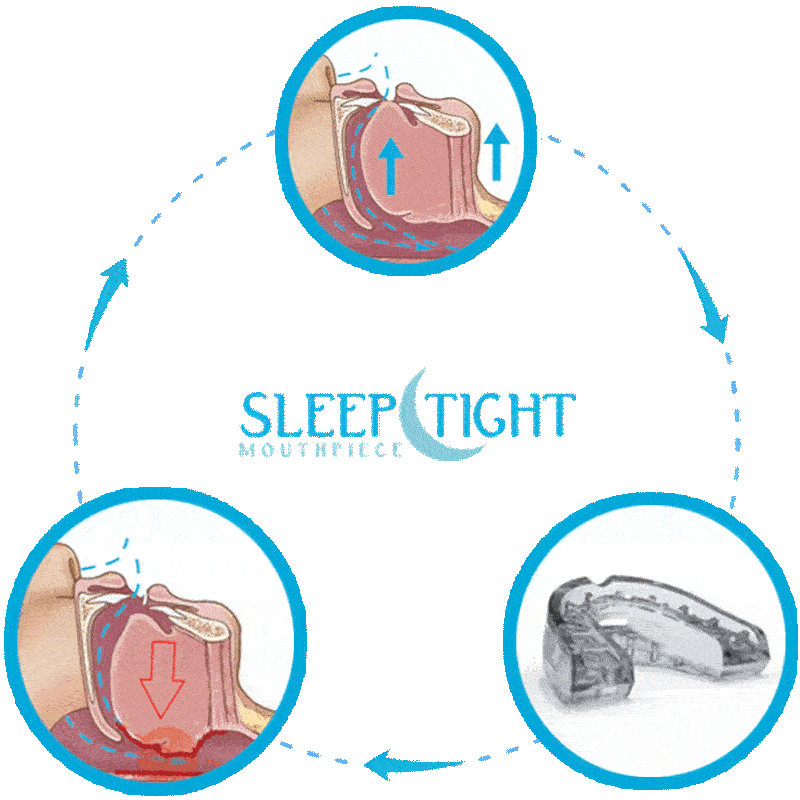Do you ever wake up feeling tired and groggy, even after a full night’s sleep? If so, you might be experiencing sleep apnea. But what exactly is sleep apnea and what are its symptoms? In this article, we’ll delve into this common sleep disorder and explore its symptoms in detail.
Sleep apnea is a condition where a person experiences pauses in their breathing while they sleep. These pauses, known as apneas, can last for a few seconds to a few minutes and can occur multiple times throughout the night. When breathing is interrupted, it disrupts normal sleep patterns and prevents you from getting the restful sleep you need. Common symptoms of sleep apnea include loud snoring, gasping for air during sleep, morning headaches, difficulty concentrating, and excessive daytime sleepiness. If you or someone you know is experiencing these symptoms, it’s important to seek medical attention to properly diagnose and treat sleep apnea.
In the upcoming article, we’ll dive deeper into the causes and risk factors of sleep apnea, as well as the various treatment options available. By understanding this condition and its symptoms, you’ll be better equipped to take control of your sleep health and ensure you’re getting the rest you need and deserve. So, if you want to learn more about sleep apnea and its symptoms, keep reading! Sleep Apnea is a common sleep disorder that affects millions of people worldwide. It is characterized by pauses in breathing or shallow breathing during sleep, which can last for a few seconds to a few minutes. These pauses in breathing can occur multiple times throughout the night, disrupting the normal sleep cycle and leading to a variety of symptoms and health complications.
Definition of Sleep Apnea
Sleep Apnea is defined as a sleep disorder characterized by pauses in breathing or shallow breathing during sleep. These pauses, known as apneas, can occur due to a blockage in the upper airway (obstructive sleep apnea) or a lack of respiratory effort (central sleep apnea). Another form of sleep apnea, known as complex sleep apnea syndrome, involves both obstructive and central apneas.
Types of Sleep Apnea
There are three main types of sleep apnea: obstructive sleep apnea (OSA), central sleep apnea (CSA), and complex sleep apnea syndrome (CompSAS).
Obstructive Sleep Apnea (OSA) is the most common type, accounting for about 80% of all sleep apnea cases. It occurs when the muscles in the throat fail to keep the airway open during sleep, leading to partial or complete blockage.
Central Sleep Apnea (CSA) occurs when the brain fails to send signals to the muscles that control breathing. Unlike OSA, there is no physical blockage in the airway. CSA is less common and is often associated with certain medical conditions such as congestive heart failure or stroke.
Complex Sleep Apnea Syndrome (CompSAS) is a combination of both obstructive and central sleep apnea. It occurs when a person initially has OSA but the use of continuous positive airway pressure (CPAP) therapy for OSA treatment leads to the development of central apneas.
Causes of Sleep Apnea
The exact cause of sleep apnea is not fully understood, but there are several factors that can increase the risk of developing the condition.
Obesity is one of the main risk factors for sleep apnea. Excess weight can lead to the accumulation of fatty tissues around the upper airway, increasing the chances of airway blockage during sleep.
Age is another risk factor, as sleep apnea becomes more common with age. This is believed to be due to the natural loss of muscle tone in the throat and airway as we age.
Other risk factors include a family history of sleep apnea, smoking, alcohol and sedative use, nasal congestion, and certain medical conditions such as congestive heart failure, hypertension, and diabetes.
Symptoms of Sleep Apnea
Sleep apnea can cause a wide range of symptoms, which can vary depending on the type and severity of the condition.
Obstructive Sleep Apnea Symptoms
- Loud, chronic snoring
- Pauses in breathing during sleep, witnessed by others
- Gasping or choking during sleep
- Excessive daytime sleepiness and fatigue
- Morning headaches
- Difficulty concentrating and memory problems
- Irritability and mood swings
- Dry mouth or sore throat upon waking
Central Sleep Apnea Symptoms
- Pauses in breathing during sleep
- Shortness of breath during the night
- Insomnia or difficulty falling asleep
- Daytime fatigue and sleepiness
- Mood changes and depression
- Frequent urination during the night
Complex Sleep Apnea Syndrome Symptoms
The symptoms of complex sleep apnea syndrome are similar to those of obstructive and central sleep apnea, as it involves a combination of both.
Effects of Sleep Apnea
Sleep apnea can have a significant impact on overall health and well-being. If left untreated, it can lead to a variety of health complications.
Daytime Fatigue and Sleepiness
One of the most common effects of sleep apnea is excessive daytime sleepiness and fatigue. The frequent interruptions in sleep prevent the individual from getting restful and restorative sleep, leading to persistent tiredness throughout the day. This can negatively affect productivity, concentration, and overall quality of life.
High Blood Pressure
Sleep apnea has been strongly linked to the development and worsening of hypertension (high blood pressure). The repeated episodes of apnea cause a sudden drop in oxygen levels, which triggers the release of stress hormones and increases blood pressure. Over time, this can put a strain on the cardiovascular system and increase the risk of heart disease and stroke.
Cardiovascular Problems
Sleep apnea is also associated with an increased risk of cardiovascular problems such as heart disease, atrial fibrillation, and heart failure. The intermittent drops in blood oxygen levels and the resulting stress on the heart can lead to the development of these conditions.
Diagnosis of Sleep Apnea
If you suspect you may have sleep apnea, it is important to seek a proper diagnosis from a healthcare professional. Diagnosis usually involves a combination of a comprehensive medical history, physical examination, and sleep study.
Sleep Study
A sleep study, also known as a polysomnography, is the most common diagnostic test for sleep apnea. It involves spending a night in a sleep clinic or using a portable sleep monitoring device at home. During the study, various parameters such as brain waves, heart rate, breathing patterns, and oxygen levels are monitored to evaluate sleep quality and identify any disruptions in breathing.
Polysomnography
Polysomnography is the gold standard for diagnosing sleep apnea. It provides detailed information about sleep patterns, body movements, and respiratory events. This information helps determine the severity of sleep apnea and guides the appropriate treatment options.
Other Diagnostic Procedures
In addition to a sleep study, your healthcare provider may also order additional tests to evaluate the underlying causes and potential complications of sleep apnea. These may include blood tests, imaging studies, and lung function tests.
Treatment Options for Sleep Apnea
Sleep apnea can be effectively managed with various treatment options, tailored to the individual’s specific needs and the severity of the condition.
Continuous Positive Airway Pressure (CPAP)
CPAP is the most common treatment for moderate to severe obstructive sleep apnea. It involves wearing a mask over the nose or both the nose and mouth during sleep. The mask is connected to a machine that delivers a constant flow of air, keeping the airway open and preventing the collapse of the throat muscles.
Oral Appliances
Oral appliances, also known as mandibular advancement devices, can be used to treat mild to moderate obstructive sleep apnea. These devices are custom-made and reposition the jaw and tongue to keep the airway open during sleep.
Surgery
In some cases, surgery may be recommended to treat sleep apnea. Surgical options include uvulopalatopharyngoplasty (UPPP), tonsillectomy, adenoidectomy, and maxillomandibular advancement. These procedures aim to remove or reposition excess tissue in the throat, widening the airway and reducing airway obstruction.
Lifestyle Changes to Manage Sleep Apnea
In addition to medical treatments, certain lifestyle changes can help manage sleep apnea and improve sleep quality.
Weight Loss
If overweight or obese, losing weight can significantly improve symptoms of obstructive sleep apnea. Shedding excess weight reduces the fatty tissue around the neck and throat, reducing the risk of airway obstruction during sleep.
Regular Exercise
Regular physical activity can also help manage sleep apnea. Exercise promotes weight loss, improves muscle tone, and reduces the severity of sleep apnea symptoms. Aim for at least 30 minutes of moderate-intensity exercise most days of the week.
Avoiding Alcohol and Sedatives
Alcohol and sedatives can relax the muscles in the throat, increasing the risk of airway blockage during sleep. Avoiding these substances, especially close to bedtime, can help reduce sleep apnea symptoms.
Sleep Apnea in Children
Although sleep apnea is more commonly associated with adults, it can also affect children. The symptoms and treatment options for pediatric sleep apnea can differ from those in adults.
Causes and Risk Factors
In children, sleep apnea is often caused by enlarged tonsils or adenoids, which can obstruct the airway during sleep. Obesity, allergies, and certain congenital conditions can also increase the risk of sleep apnea in children.
Symptoms and Diagnosis
The symptoms of sleep apnea in children may differ from those in adults and can include snoring, restless sleep, bedwetting, hyperactivity, and poor school performance. Diagnosis is usually based on a combination of medical history, physical examination, and sleep study.
Treatment Approaches
The treatment options for pediatric sleep apnea may include the removal of tonsils or adenoids, weight management or dietary changes, medications, and the use of positive airway pressure devices.
Complications Associated with Untreated Sleep Apnea
If left untreated, sleep apnea can lead to a range of complications that can significantly impact overall health and well-being.
Chronic Fatigue
The persistent sleep disruptions and poor sleep quality associated with sleep apnea can lead to chronic fatigue, which can affect every aspect of life – from work performance to personal relationships.
Depression and Anxiety
Sleep apnea has been linked to an increased risk of depression and anxiety disorders. The constant fatigue, irritability, and mood disturbances associated with sleep apnea can worsen symptoms of these mental health conditions.
Increased Risk of Accidents
The excessive daytime sleepiness and impaired concentration caused by sleep apnea can increase the risk of accidents, both on the road and at work. It is estimated that individuals with untreated sleep apnea are up to six times more likely to be involved in a motor vehicle accident.
Managing Sleep Apnea with Proper Sleep Hygiene
In addition to medical treatments and lifestyle changes, practicing good sleep hygiene can help manage sleep apnea and improve sleep quality.
Establishing a Consistent Sleep Schedule
Try to go to bed and wake up at the same time every day, even on weekends. This helps regulate the body’s internal clock and promotes better sleep.
Creating a Relaxing Bedtime Routine
Engage in relaxing activities before bed to signal to your body that it’s time to wind down. This can include reading a book, taking a warm bath, practicing relaxation techniques, or listening to calming music.
Optimizing Sleep Environment
Make sure your bedroom is conducive to sleep. Keep the room cool, dark, and quiet. Use comfortable bedding and pillows, and consider using white noise machines or earplugs to drown out any disturbing noises.
Conclusion
Sleep apnea is a common sleep disorder that can have significant impacts on overall health and well-being. It is important to recognize the signs and symptoms of sleep apnea and seek appropriate diagnosis and treatment. With proper medical interventions, lifestyle changes, and good sleep hygiene practices, sleep apnea can be effectively managed, allowing for restful nights and improved quality of life. If you suspect you may have sleep apnea, consult with a healthcare professional for further evaluation and guidance.



